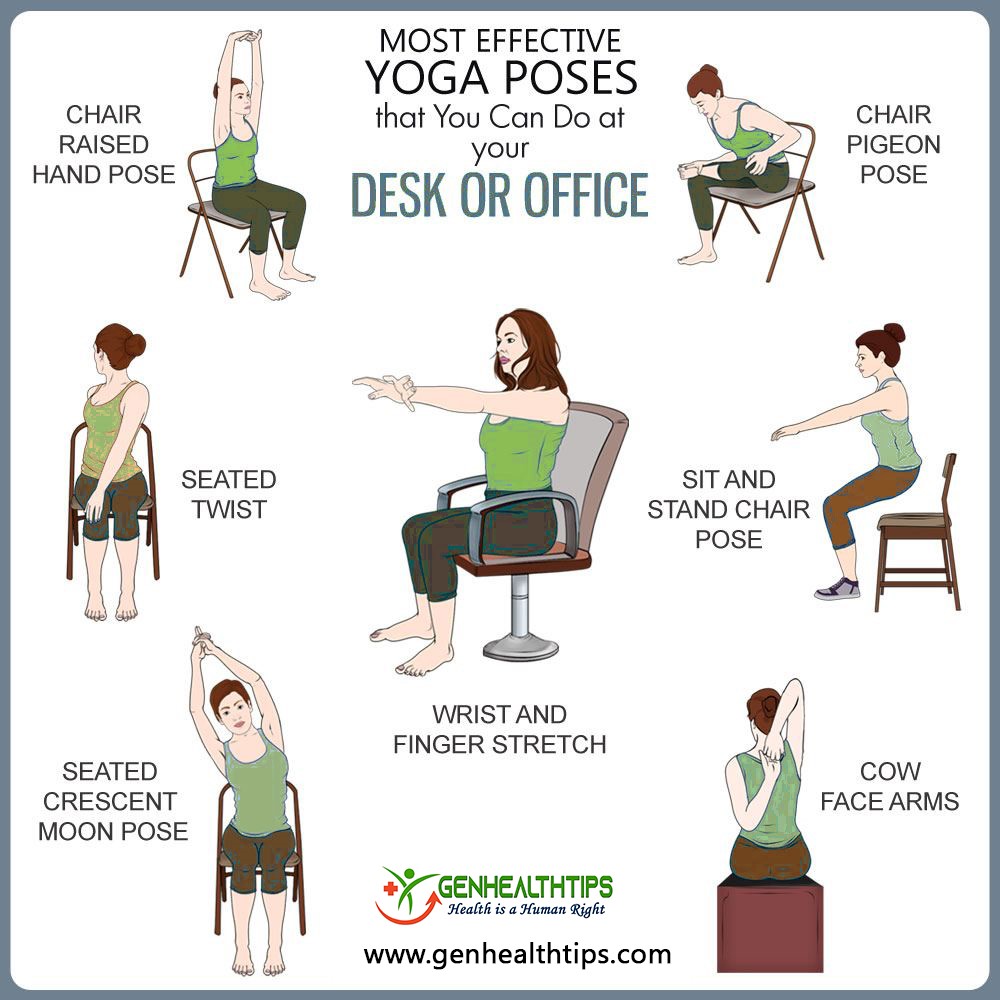Monthly Archives: December 2020
Mindfulness and Stress Reduction
Posted on December 27, 2020 by admin
The physical results of stress:
Stress can have a negative impact on our physical health and cause things such as headaches, stiffness, muscle aches, and pains. Additionally, tight muscles can lead to posture issues and poor sleep, which can end up creating more stress.
To avoid stress affecting your physical health, make sure to always adjust your posture especially at times when you are feeling stressed. Having improper posture frequently can lead to problems with your back and spine overtime. If you are clenched up and feeling stressed, check your posture and adjust your posture so that you are sitting up tall and straight. To make sure you are maintaining a straight back position, it is best to sit on a chair with back support or have your back against a wall.
The importance of mindfulness:
Mindfulness meditation is a common technique used to combat stress, anxiety, chronic pain, depression, and headaches. Add mindfulness to your everyday routine; even as little as 10 minutes can make a big difference in our overall sense of well-being. Meditation is easy to implement to anyone’s lifestyle, as it is a cost saving practice that involves low physical and emotional risk and has the potential to empower people to be more actively engaged in their mental health.
Some significant health benefits of mindfulness are insignificant improvements in pain, anxiety, overall well-being, and the ability to participate in daily activities. Incorporating mindfulness frequently has also been found to improve your overall mood and reduce stress.
Ways to practice mindfulness:
Workspace Ergonomics
Posted on December 2, 2020 by admin
What is Ergonomics?
Ergonomics is the science of fitting workplace conditions and job demands to workers’ capabilities. For example, the size data of human bodies to design chairs, tables, and walkways. While many people are adjusting to working from home, it is important to create an environment that is ergonomically friendly, especially for those who are sitting at a desk for long periods of time. Creating a proper ergonomic workspace is crucial to keep you comfortable at work and can prevent injuries from occurring overtime.
Creating the Perfect Ergonomic Workspace
Consider following these tips when creating a suitable workspace:
1. Choosing the right chair
- Adjust your chair’s height to make sure that your feet rest flat on the ground. Make sure that your hips, feet and elbows are bent at 90 degrees. Use a footrest to support your feet if needed. Armrests of your chair should be adjusted so that your arms can rest on them with ease, ensuring that your neck and shoulders are relaxed downwards.
2. Adjusting your desk and monitor height
- Position your computer monitor to the height of your eye level and at least an arm’s length away to reduce any strain on your neck or eyes. A good height would mean you shouldn’t have to hunch over or tilt your head up to see the computer screen. If you are using a laptop, adjust the height by using a laptop stand when typing to reduce strain and tension.
3. Organizing your desk space
- Keep frequently used tools within close proximity to minimize reaching. For instance, keep your keyboard mouse, pen and notepad, and telephone nearby to avoid repeatedly twisting to reach for these things. Make sure that there is clearance under your desk for your knees, thighs, and feet and try to not store items under your desk.
4. Having good posture
- To reduce strain, ensure your shoulders are relaxed and placed back. Align your head with your shoulders, and keep your hands at or below elbow level. Continue to be aware of your head position and posture throughout the day, as we often forget about our posture from concentrating on the computer too long.
5. Taking regular breaks and stretching
- Follow the 20-20-20 rule: After every 20 minutes of looking at your computer screen, give your eyes a 20 second break by looking at something else that is at least 20 feet away. Sitting at a desk for long periods of time can cause tight muscles and long-time compromise for pain in your back and neck. It’s crucial to remember to take stretching breaks every 30 minutes to relieve some tension and avoid pain overtime. Below are some stretches you can follow. Alongside with stretching, take a few minutes to go on a short walk to get your body moving and reduce eyestrain from starring at a computer for a long time.


